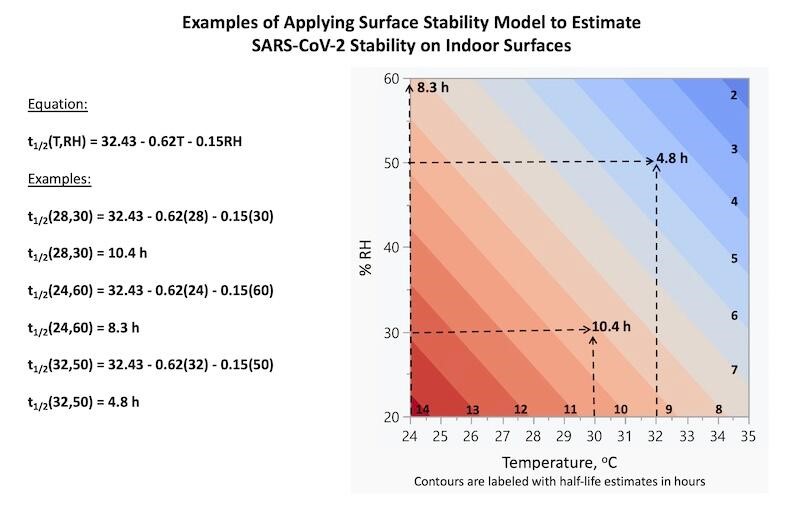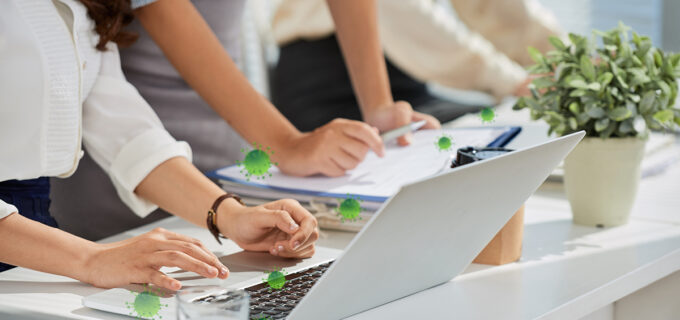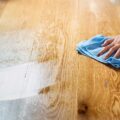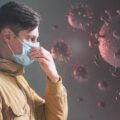US Department of Homeland Security Publishes New Model for Covid-19 Survival on Surfaces
There has been much debate about the ability of the Covid-19 virus to be transmitted via inanimate objects and surfaces. Whilst the empirical evidence for the actual transmission to occur in this way is well documented, the survival time for the virus, once deposited on a surface is less clear. However recently, the US Department of Homeland Security published a model enabling a prediction to be made. The model allows the user to enter the prevailing temperature and Relative Humidity to get an indication of the viral decay rate.
The data used to prepare this predictive model was produced within a limited range of ambient conditions with temperature and RH being the two experimental variables. The viral decay rates were tested within various parameters of these two variables on three types of a non-porous surface, namely nitrile rubber, ABS plastic and stainless steel. It should be noted that whilst the various permutations of temperature and RH created differences in the viral decay rate there was no noticeable difference found between the various surfaces.
The results of the tests were plotted onto a graph (see below) that enables the half-life of the virus to be predicted with a reasonable degree of certainty.

The model can estimate the level of viral decay (expressed in half-lives) within the restricted parameters of room temperatures between 74°F to 95°F and Relative Humidity between 20% to 60% in the absence of direct sunlight exposure. Visit here for the interactive version of the model.
Background on Covid-19 Temperature and Humidity
- Preventing person-to-person spread of SARS-CoV-2 is the only means to reduce the impact of COVID-19 in the absence of an effective therapeutic.
- Transmission occurs primarily through respiratory droplets produced by talking, coughing and sneezing.
- Contact with contaminated surfaces and objects may also contribute to spread.
- SARS-CoV-2 will survive in saliva and respiratory fluids on surfaces for extended periods of time under certain conditions.
- Viral survival on surfaces is driven by temperature, relative humidity (RH), and matrix (e.g., bodily fluids).
- The data have been used to develop a predictive model to estimate virus decay under a limited range of environmental conditions.
- Testing performed on non-porous surfaces, specifically stainless steel, ABS plastic, and nitrile rubber.
- There was no significant difference found in the decay of the virus found between stainless steel ABS plastic, and nitrile rubber.
Caveats on the test
- Infectious dose is unknown (how much makes a person sick)
- Virus shedding is unknown (how much a sick person puts into the environment)
- Contact Hazard (how much virus comes off from touching surfaces)
- Model can estimate virus decay at certain conditions: temperature (room temperature or 74°F to 95°F) and relative humidity from 20-60%, without exposure to direct sunlight.
Related Posts
- See how SARS-CoV-2 survives and spread
- What steps you can take to prevent SARS-CoV-2 cross contamination in your premises




